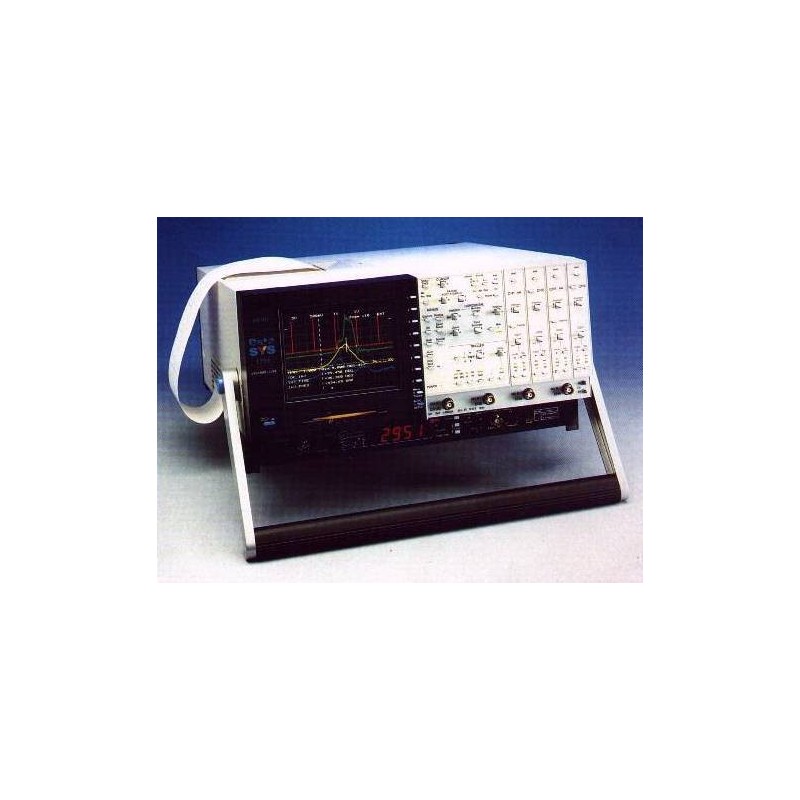












AUTOMOTIVE/ROTATING MACHINERY TEST
DataSYS 770A Synchroscope®
The specialist 770A, complete with synchro-timebase for locking to rotational machines, is especially suited for a wide variety of applications in the Automotive and Power Generation industries. Back to list.
Key Features & Options
Customized Measurements including Degrees
Live Synchronized Timebase
4 Input Channels
Histogramming Distribution
Graphing trends
Automatic testing
Fast Fourier Transform
Results Scaling & Annotation
Flexible Triggering
Extensive Analysis
X-Y Measurements
Disks & Memory Cards
Active probe power
Internal thermal or four color hardcopy output
Full 50 k word traces streamed to plotter (8.33m hardcopy length)
Internal Thermal Plotter
Programmable, IEEE-488.2 and RS-423
A new version of the Gould DataSYS Synchroscope® electronic test system incorporates new display and analysis features to aid the analysis of rotating-machine performance in automotive and related applications.
New features in the 770A Synchroscope provide even greater flexibility for users involved in areas such as engine design and test. These include a live RPM display, a new operating mode which locks to the rotation and tracks speed changes, the provision of custom measurements with user scaling, and the addition of a Centronics output.
Input signals for the 770A can be from magnetic pickups, optical shaft encoders or standard electronic pulse signals, and the number of pulses per revolution can be set between 1 and 999.
The display can be locked to TDC (top dead centre). A variety of locking methods is available to match the most common ways of marking TDC, such as missing teeth, extra timing marks or pulse spacing.
The high-definition color display allows multiple waveforms to be clearly discriminated, while a 'live zoom' magnification facility allows small sections of a waveform to be shown in detail alongside a complete rotation cycle.
The live display is enhanced by a range of automatic measurement capabilities, which can be customized to user requirements and allow readings on key parameters to be displayed in appropriate engineering units such as cylinder and injection pressures scaled in bars or pascals.